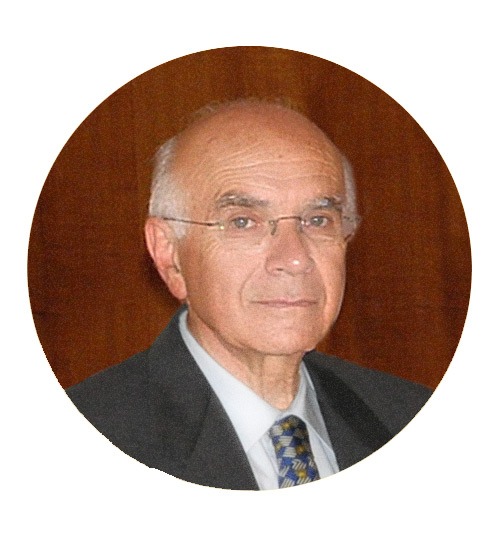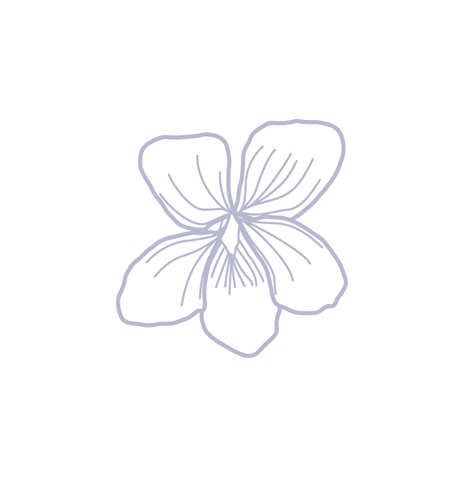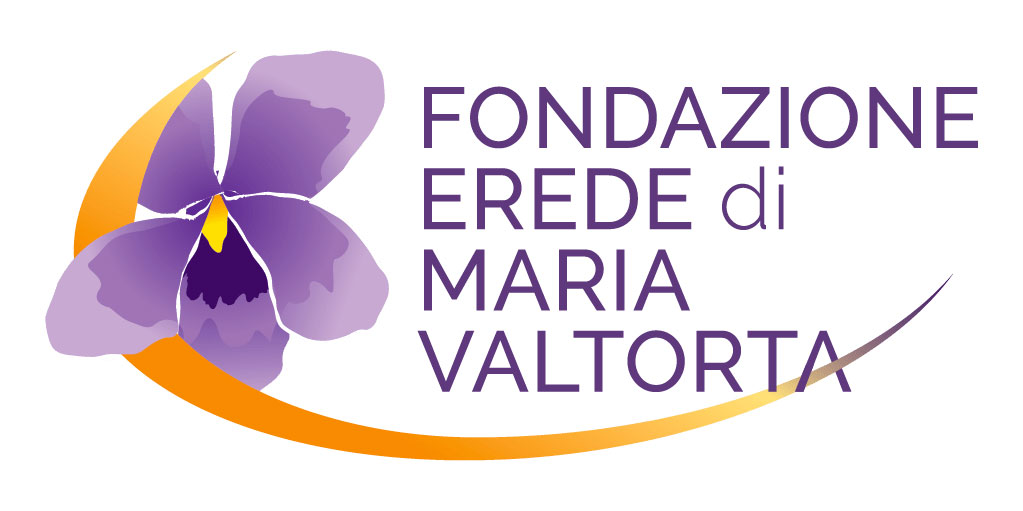ISOLA DEL LIRI AND THE HERITAGE FOUNDATION
A LITTLE HISTORY
Isola del Liri is a charming town in Lazio, which takes its name from the particular configuration of its urban center enclosed between two branches of the Liri river. The paper and wool industry has boasted a tradition throughout its history, but the name of Isola del Liri is known today for another reason. Readers from around the world notice it on the volumes of Maria Valtorta, translated into over thirty languages, whose editions bear the name of the Italian publishing house, based in Isola del Liri. It seems interesting, therefore, to trace at least the essential lines of this history, which has become part of the “island” history. In fact, if you want to understand the present and get ready for the future of the Valtortian venture, you cannot help but knowing its past.
In the first decade of the twentieth century, a printing company was founded on Isola del Liri by Arturo Macioce whom, after a few years, welcomed the young brother-in-law Michele Pisani, as a partner. The “A. Macioce & Pisani Printing Company”, signed STAMP, stood out for the accuracy of the printing and packaging of books, mainly commissioned by Roman Catholic institutions. In 1946 Macioce, fifteen years older than his brother-in-law, retired by dissolving the Company, whose business continued with the individual firm called “Tipografia Editrice M. Pisani”, which resumed printing books on behalf of pontifical publishers, religious orders, Catholic cultural institutes and Catholic associations.
In 1952 Maria Valtorta entrusted the Tipografia Editrice M. Pisani with the publication of her work, which was handled to Emilio Pisani, son of Michele. In 1985, together with his wife Claudia Vecchiarelli, Emilio Pisani established the “Centro Editoriale Valtortiano” (CEV).
A PECULIARITY
It is extraordinary to find a publishing house that publishes the works of a single author, curating also the translations and extending its production only to publications that deal with the person and the works of the sole author. The publishing house is even more anomalous if it gets associated with the author, combining the rights and duties of the publisher with the rights and duties of the author. The CEV ended up in this circumstances when inherited Maria Valtorta’s goods, both purchased (the Valtorta house in Viareggio) and by testament (the manuscripts with attached rights and the estate).
Maria Valtorta wanted to entrust herself completely to the Order of the Servants of Mary – founded in the thirteenth century in Florence by seven hermit saints and active in the world with their ministerial forms. Instead the Order did not accept the most precious gift: the Opera, whose rights, belonging to the author and heirs, do not compensate for the seriousness of the duties connected to it. To have her work published, after the refusal of the religious Order, Valtorta entrusted herself to the CEV as publishers and in her will she elected as a reserve heir, Marta Diciotti, her assistant and lifelong confidant, on whose fidelity she could count.
Therefore Marta Diciotti inherited the manuscripts, with related rights, and everything else that had belonged to Maria Valtorta, excluding the house in Viareggio, of which she reserved the right of usufruct for life. In fact the Order of the Servants of Mary had inherited, again by testament, the bare ownership of the house.
In 1998, while Marta Diciotti was still alive and retired to a pension for the elderly, the Order of the Servants of Mary sold the house in Viareggio to the Valtortiano Publishing Center, which later, at its own expense and with the voluntary contribution of Valtortian readers, restored it from the brackish humidity coming from its foundations, establishing a house-museum open to visitors.
For her part, Marta Diciotti had already made her will in favour of the Valtortiano Publishing Center which, on her death in 2001, became the owner of the manuscripts and everything else that completed the heritage of Maria Valtorta.

THE 19TH OF JULY THE
HERITAGE FOUNDATION IS BORN
The Foundation that Emilio and Claudia, together with the CEV have founded, re-establishes the figure and the prerogatives of the author by freeing the CEV, which is now gradually returning to the exclusive role of publisher and privileged editor of the writings of Maria Valtorta. The Foundation has already conferred, in the deed of incorporation, the house-museum in Viareggio and the manuscripts, with related rights of the published works (only of publications made after 2010). The Foundation itself is authorised to receive what else belongs to the Valtortian heritage, such as the manuscripts edited in the meantime, especially those of the correspondence, and some still unpublished, as well as documents, objects and memories of various kinds, without wanting to exclude what Emilio and Claudia themselves have created and put at the service of the Valtortian venture.
* * *
On 10 February 2020, with a public deed, the “Maria Valtorta Cev Foundation”, commissioned by the Valtortiano Publishing Center and chaired by Emilio Pisani, changes its name to “Fondazione Erede di Maria Valtorta” and adapts the Statute to the new legislation, which changes the denomination of non-profit organization (non-profit organization of social utility) in that of ETS (third sector body) maintaining the same prerogatives.


